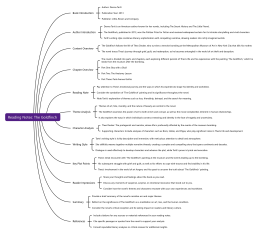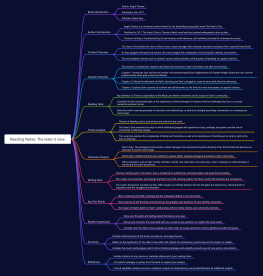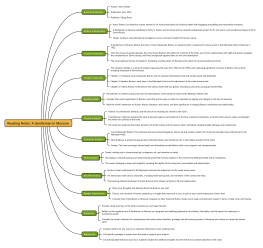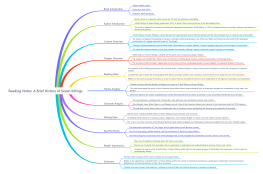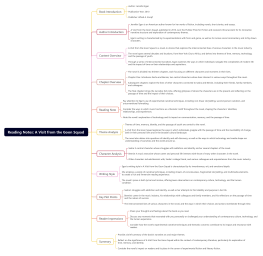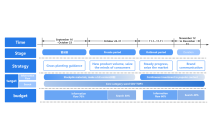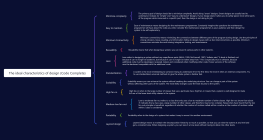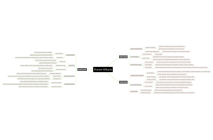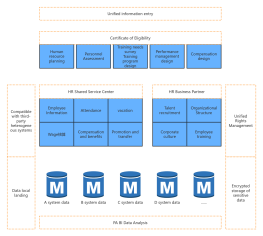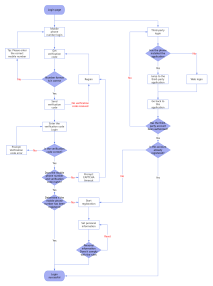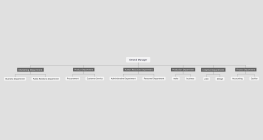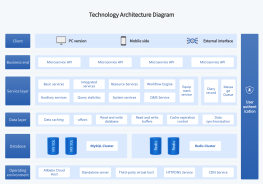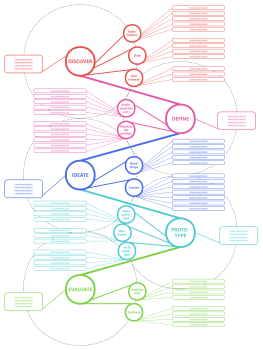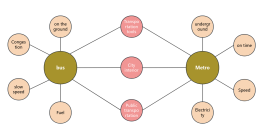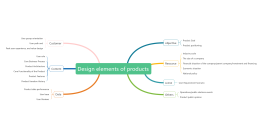Double-Blind Experiment Design
2024-07-08 15:14:41 0 Report
Login to view full content
Other creations by the author
Outline/Content
Introduction
Purpose
Define the purpose of the double-blind experiment, including the research question or hypothesis being investigated and the importance of minimizing biases in the study.
Overview
Provide a brief overview of the key components and objectives of the experiment design, emphasizing the need for blinding both participants and experimenters.
Experimental Design
Research Question
Clearly define the research question or hypothesis that the experiment aims to address, ensuring that it is specific, testable, and relevant to the study objectives.
Variables
Identify the independent variable(s) and dependent variable(s) to be measured in the experiment, along with any control variables that may affect the outcomes.
Experimental Groups
Divide participants into experimental groups and control groups based on random assignment or matching criteria, ensuring that each group is comparable in relevant characteristics.
Blinding Procedures
Participant Blinding
Implement procedures to blind participants to the experimental conditions or treatments they are receiving, such as using placebo interventions, dummy treatments, or concealment of information.
Experimenter Blinding
Blind experimenters, researchers, or data collectors who interact with participants and/or analyze the data to the group assignments or experimental conditions, preventing conscious or unconscious biases from influencing the outcomes.
Double-Blind Verification
Verify the effectiveness of double-blinding by conducting checks or assessments to ensure that neither participants nor experimenters are aware of the group assignments or treatment conditions during the experiment.
Experimental Procedures
Protocol Development
Develop a detailed experimental protocol outlining the procedures, tasks, and instructions for participants, experimenters, and data collectors to follow during the study.
Randomization
Randomize the order of experimental conditions, stimuli presentations, or treatment assignments to minimize order effects and sequence biases in the experiment.
Counterbalancing
Implement counterbalancing techniques to evenly distribute potential confounding variables or order effects across experimental conditions, such as using Latin square designs or repeated measures designs.
Data Collection and Analysis
Data Collection Instruments
Select appropriate instruments and measures for collecting data on the dependent variables of interest, ensuring reliability, validity, and sensitivity to detect effects.
Data Analysis Plan
Outline the statistical analysis plan for analyzing the experimental data, including the use of appropriate statistical tests, significance levels, and effect size measures to assess the significance and magnitude of experimental effects.
Interim Analysis
Consider conducting interim analyses or data monitoring to assess the progress of the experiment, evaluate data quality, and make any necessary adjustments to the experimental procedures or sample size.
Ethical Considerations
Informed Consent
Obtain informed consent from participants before their participation in the experiment, ensuring that they understand the purpose, procedures, risks, and benefits of the study.
Ethical Review
Seek ethical approval from institutional review boards or ethics committees to ensure that the experiment adheres to ethical guidelines and principles, including respect for participant autonomy, beneficence, and justice.
Debriefing
Provide debriefing sessions for participants after their involvement in the experiment, disclosing any deception used in the study, addressing any concerns or questions, and ensuring that participants leave the study with a clear understanding of its purpose and implications.
Conclusion
Summary
Summarize the key components and procedures of the double-blind experiment design, emphasizing its importance in minimizing biases, ensuring validity and reliability, and advancing scientific knowledge.
Future Directions
Highlight areas for future research or improvements in double-blind experiment design, such as addressing specific challenges or limitations, optimizing blinding procedures, or exploring new methodologies.

0 Comments
Next page
Recommended for you
More
